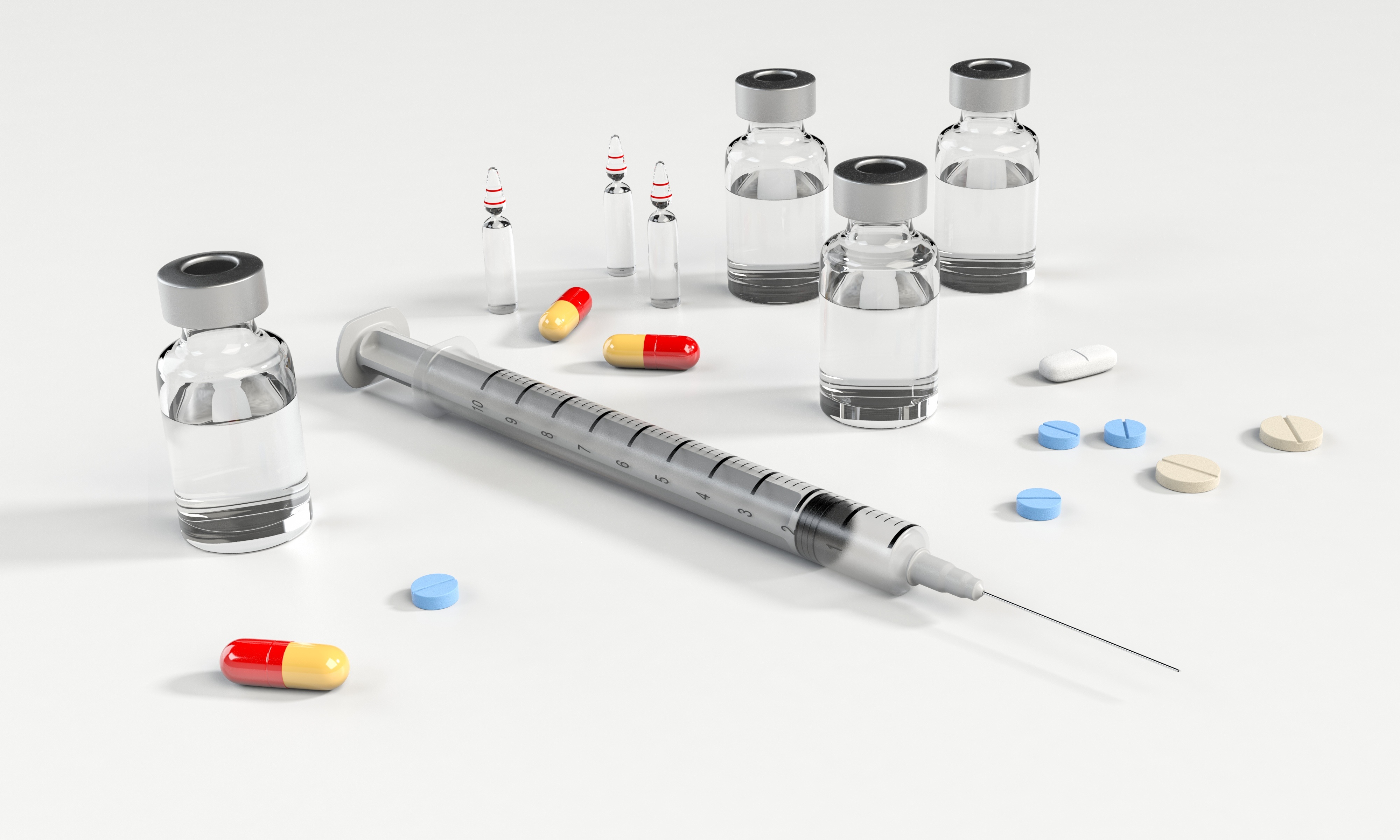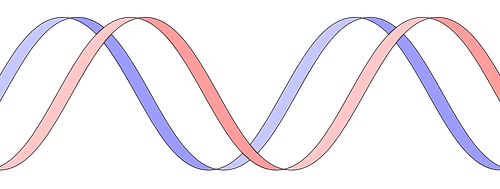The Chinese Patent Law excludes patenting methods of diagnosing or treating a disease. More specifically, this refers to processes of identifying, determining, or eliminating the cause or focus of diseases which are practiced directly on living human or animal bodies.
Please keep in mind that instruments used for implementing these methods are still patentable.
So what constitutes a diagnostic method that would be excluded from patent protection? It must meet the following two criteria:
- It is practiced on a living human or animal body
- Its immediate purpose is to obtain the diagnostic result of a disease or health condition
Living Human or Animal Body
This first requirement means that, for example, methods of pathological anatomy that are practiced on cadavers would be patent eligible. As long as the method is not used to obtain information from a living human or animal, the invention can be patented in China.
Immediate Purpose
This second requirement involves more complex analysis. The language states that a method cannot be patented if its immediate purpose is to obtain a diagnostic result of a disease or health condition. But what does “immediate” mean?
In general, methods of obtaining information that directly diagnoses a patient’s disease or a health condition would fall under this criteria. Examples such as methods of measuring blood pressure, taking a pulse, using X-ray to diagnose a disease, predicting the therapeutic efficacy of a disease, or identifying a disease using gene screening, would all fall under this category.
Intermediate Result
On the other hand, if the result that is obtained from a living body is only an intermediate result, and still needs to be further processed or combined with other information before a diagnostic or health result can be achieved, then it may not fall under the umbrella of patent-ineligible subject matter.
For example, a method of measuring the alcohol level in saliva could be patent-eligible. Why? Having high alcohol levels in saliva is not per se a disease. In this case, in order to reach a medical diagnosis, an additional step of determining blood alcohol level using the saliva alcohol level is required. As a result, the saliva alcohol level is considered an intermediate result.
On the contrary, a method of directly measuring blood alcohol level is not patent eligible because the high blood alcohol is itself a medical diagnosis of a recognized health condition or disease, thus making that particular method patent-ineligible.
Examples of methods that the Re-examination Board has confirmed as being patent-eligible during a re-examination decision include, for example, a method of measuring vitamin B6 in body fluid (CN101730744B); a method of measuring the resonant frequency of a blood sample (CN101713775B); and a method of measuring nucleic acid concentration (CN101089196B).
In all of the above examples, the result obtained by the claimed method only provides an intermediate result that still needs to undergo at least another step in order to provide a final medical diagnosis. As long as the final result is not directly indicative of a disease per se, there is a reasonable argument that the claim is patent eligible.
Conclusion
Evidently, there is a large grey area when it comes to determining what is (or is not) considered a disease, what is considered “another step” (would a mental step count?), and what is a considered “direct result” versus an “intermediate result”. The safest approach is to craft multiple types of claims, including both method claims as well as Swiss-style claims (which are much more acceptable in China), as backup positions.
A robust and complete patent strategy takes all of these factors into account and weighs the various risk factors to identify the best overall approach.

Jennifer Che, J.D. is Vice President and Principal at Eagle IP, a Boutique Patent Firm with offices in Hong Kong, Shenzhen, and Macau.
eip@eipgroup.asia
This blog post is for general informational purposes only and should not be considered legal advice or a legal opinion on a specific set of facts.





